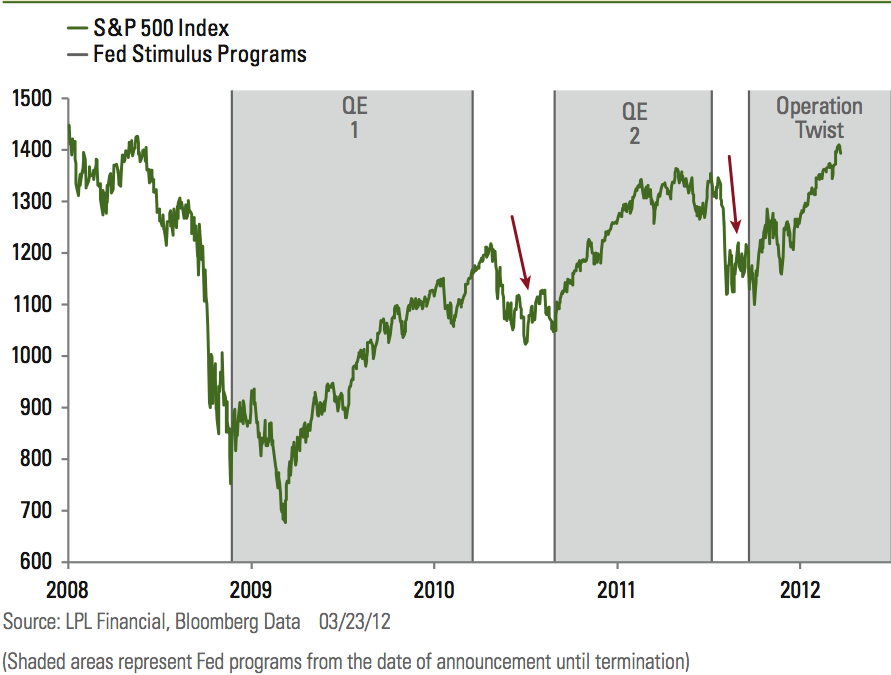Remember, the Republicans are running against Obamacare, which is basically just warmed-over Massachusetts Romneycare, with the individual mandate and all.
RomneyCare was the first significant healthcare reform to happen in the U.S. for decades.
The primary goal of RomneyCare was to provide all citizens in MA with access to affordable health insurance and to eliminate the "free riders" who expected the government or taxpayers to pay for their health care. The plan did an extraordinary job of covering nearly half a million people who were previously uninsured without raising taxes. Under RomneyCare, the citizens of MA can be assured that they will retain their health coverage when they move from job to job, or if they suffer financial hardship.
Highlights of what RomneyCare has accomplished after 5 years of being in affect:
1 - Nearly every Massachusetts citizen is covered. A recent study showed that 98.1% of adults and 99.8% of children now have medical insurance. This is by far the highest rates in the nation. The overall national rate is 83%, with Texas having the worst rates in the nation at 74%. In Texas, one out of every six children is uninsured.
2 - Many more businesses are offering medical insurance to their employees. Now 76% of employers of medical insurance to their employees, compared with 70% just five years ago. The national rate remained at 60%.
3 - The overall costs of the program to the state have not exceeded expectations. At the time of passage, Romney predicted that the new law would add just 1 to 1.5% to the state budget. Last year the additional cost to the state was only 1.2% - precisely where Romney predicted it would be even though the costs to the state would be much lower if the Massachusetts legislature and Governor Patrick (Romney's successor) hadn't added significant costs to the healthcare law. (This is covered more thoroughly in Section 6 - What changes would Romney make to RomneyCare?)
4 - The cost of health care premiums for individuals who buy insurance without the help of an employer have gone down dramatically. According to FactCheck.org, individuals who bought insurance on their own "saw a major drop in premiums, as much as a 40% decline, according to some figures." On average, premiums dropped between 18%-20% for the average individual buying health insurance on their own.
5 - RomneyCare remains exceptionally popular among state residents. Studies repeatedlyconfirm that 67-84% of Massachusetts residents are happy with the plan and would not go back to the old system if given the chance.
The Creation of RomneyCare
Remember that the overall goal of RomneyCare was to provide all citizens with access to affordable health insurance and to eliminate the "free riders" who expected the government or taxpayers to pay for their health care. The plan did an extraordinary job of covering nearly half a million people who were previously uninsured without raising taxes. [continues here]
See also Massachusetts health care reform - Wikipedia, the free encyclopedia
Life Under Romneycare (Esquire)
The Romney fan site includes the revisions Romney would have made to the law, most overturned by the Democratic Massachusetts legislature. Most are relatively minor.
For the Republicans to be running “against Obamacare”—instead of saying they’d like to revise it—continues to be one of the most glaring instances of their perversity. The country could easily be thrown backwards by decades, if not centuries.




